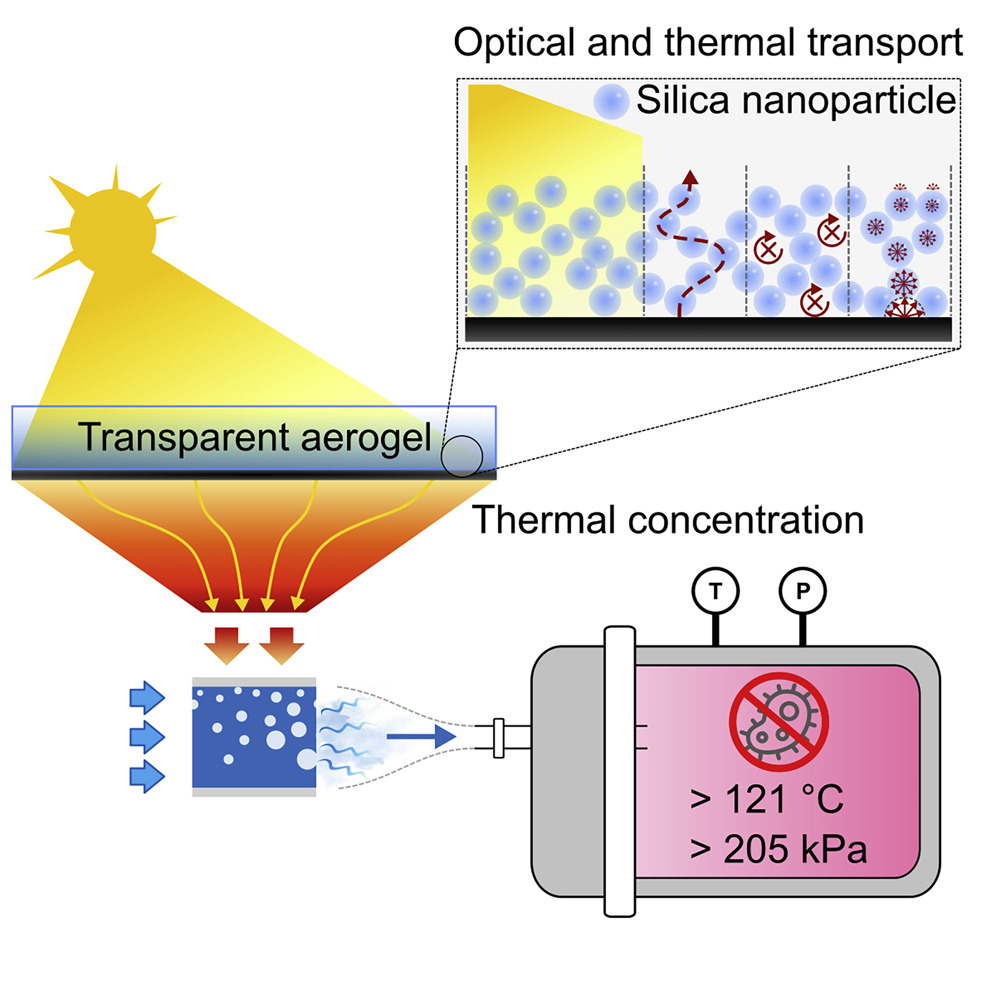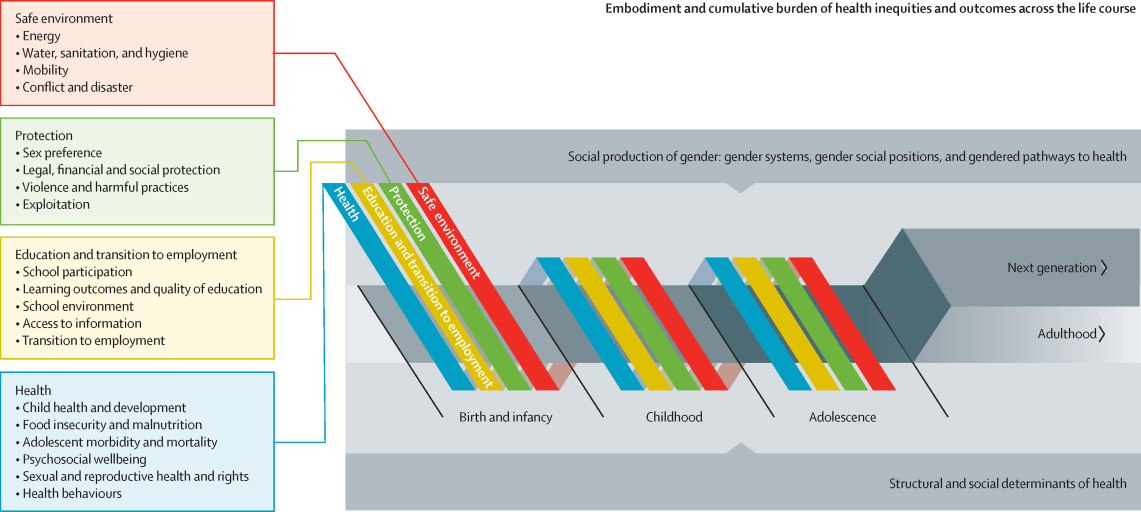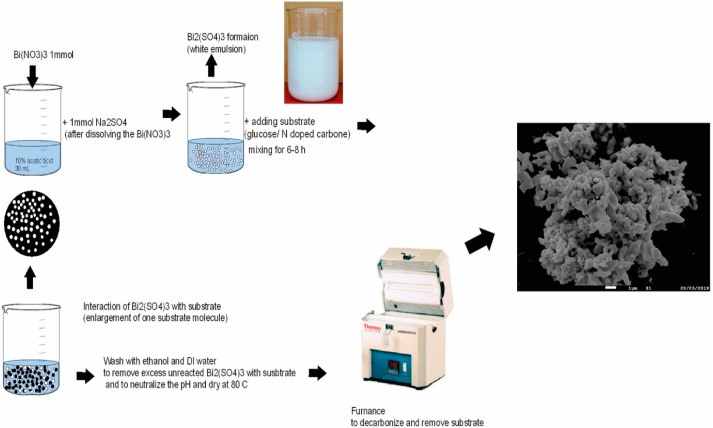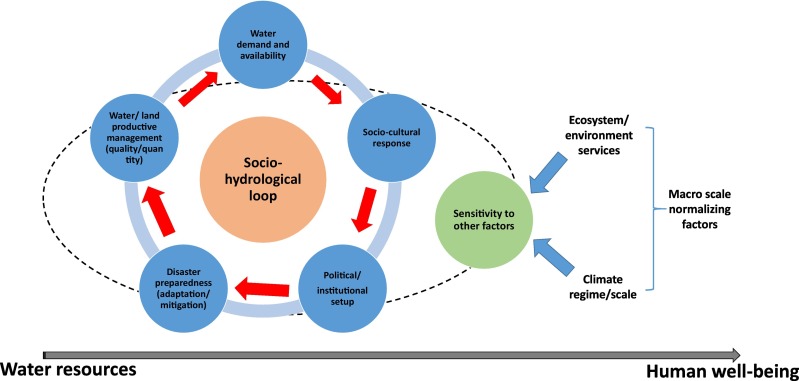Global Food Security, Volume 27, December 2020
Building on the Innocenti Framework on Food Systems for Children and Adolescents, this paper describes the significance of a food systems approach to improving children's diets. It summarizes the key learnings on effective intervention design from the papers in this special issue, focusing on the determinants in the framework: food supply chains, food environments, and behaviors of caregivers, children and adolescents. It lays out relevant policy and programmatic implications and organizes these according to the Nuffield ladder of public policy interventions.
Food Packaging and Shelf Life, Volume 26, December 2020
The recent sharp increase of sensitivity towards environmental issues arising from plastic packaging has boosted interest towards alternative sustainable packaging materials. This new trend promotes the industrial exploitation of knowledge on chitosan-based films. Chitosan has been extensively investigated and used due to its unique biological and functional properties. However, inherent drawbacks including low mechanical properties and high sensitivity to humidity represent major limitations to its industrial applications, including food packaging.
Food Packaging and Shelf Life, Volume 26, December 2020
The recent sharp increase of sensitivity towards environmental issues arising from plastic packaging has boosted interest towards alternative sustainable packaging materials. This new trend promotes the industrial exploitation of knowledge on chitosan-based films. Chitosan has been extensively investigated and used due to its unique biological and functional properties. However, inherent drawbacks including low mechanical properties and high sensitivity to humidity represent major limitations to its industrial applications, including food packaging.
Global Food Security, Volume 27, December 2020
Transforming food systems is essential to ensuring nutritious, safe, affordable, and sustainable diets for all, including children and adolescents. This paper proposes a new conceptual framework (the ‘Innocenti Framework’) to better articulate how the diets of children and adolescents are shaped by food systems.
One Earth, Volume 3, 18 December 2020
Restoration thinking provides a new paradigm for charting a bold future that prevents further loss of biodiversity and habitat destruction, avoids catastrophic climate change, and promotes the well-being and safety of all people. Ten paths guide actions to restore and care for Earth and all its living creatures.
Materials Today Sustainability, Volume 10, December 2020
Progress in Disaster Science, Volume 8, December 2020




